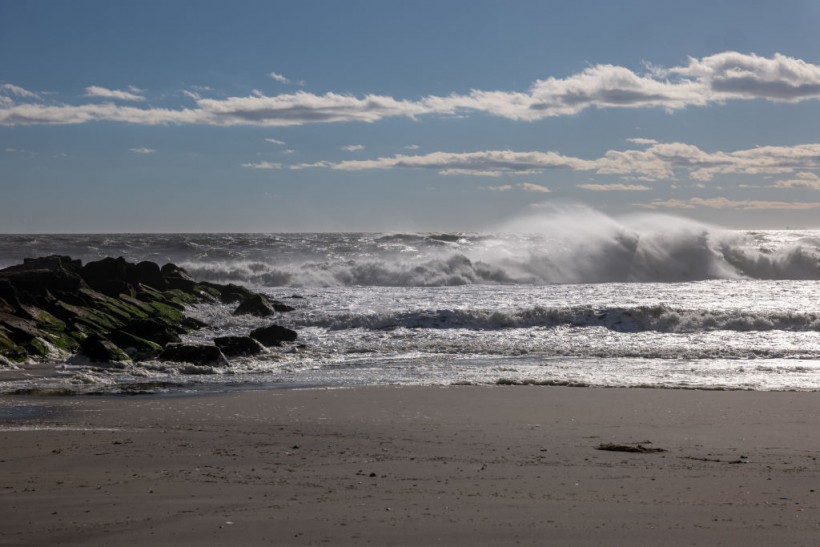Over the last decade, East Asia and North America have experienced an unanticipated cooling trend throughout the winter months.
Experts have established the role of mid-latitude waters as a source of anomalous waves, paving the path for a mid- to long-term response to winter climate change.
Ocean Currents
The Korea Institute of Science and Technology (KIST) has announced that senior researcher Mi-Kyung Sung of the Sustainable Environment Research Center and professor Soon-Il An of the Center for Irreversible Climate Change at Yonsei University have jointly discovered the role of mid-latitude oceans in this phenomenon.
Because ocean currents carry thermal energy in addition to suspended and dissolved particles, they have a significant influence on the weather and climate of nearby nations.
The KIST-Yonsei joint research team specifically refers to areas that experience rapid temperature changes in a narrow latitudinal band as "ocean fronts," such as the Gulf Stream in the Atlantic Ocean and the downstream region of the Kuroshio Current in the Pacific Ocean.
They believe that the increase in extreme cold waves is primarily due to the atmospheric wave response to the excessive accumulation of heat in these ocean fronts.
From the early 2000s until recently, the abnormal cold trend in North America coincided with the intensification of heat accumulation near the Kuroshio Current, and in East Asia with the buildup of heat near the Gulf Stream in the North Atlantic.
The frequency of winter cold waves and unusually high temperatures is regulated by the oceanic frontal area, which functions as a thermostat.
In oceanic frontal zones, the process of heat accumulation might take years or even decades.
In the continental areas that defy the global warming trend, a warming hiatus may happen during this time. In contrast, continental regions seem to undergo a dramatic acceleration of warming during decades of ocean frontal cold.
This implies that the recent trend of decadal cooling is basically supported by transient natural variability in the global climate system, and that as the buildup of heat in the ocean front is released, we can anticipate an increase in the frequency of unusually warm winter weather.
Read Also: Nutrient Pollution Due to Climate Change-Induced Winter Warming Affects 40% of the US
Climate Model Effects
Contrary to conventional sea ice theory, these effects are also shown in climate model experiments that alter the amount of heat accumulation at ocean fronts. This indicates that the conclusions drawn from both climate model experiments and observations are consistent.
This demonstrates how crucial it is to effectively simulate ocean front variability in climate models in order to enhance our capacity to forecast medium- and long-term changes in climate over the ensuing ten years.
These regional temperature variances could alter significantly as future global warming accelerates and modifies the ocean's structure.
Climate model simulations indicate that this pattern of stopped warming, as well as accelerated warming, will persist throughout the course of global warming, impacted by natural decade-long oscillations in the climate system.
However, determining the precise factors influencing the rate of warming remains a difficulty.
The study show that a slowdown in warming over continental areas, known as a "local warming hiatus," can be followed by excessive heat storage north of the ocean fronts.
The findings highlight the necessity of regularly monitoring altering ocean fronts in response to human-caused warming, which has the potential to reshape the natural decade-long oscillations within regional climates over time.
Related Article: Climate change, La Niña Help Unfold Warmer Winter Season in Parts of United States, Forecasts Say
© 2024 NatureWorldNews.com All rights reserved. Do not reproduce without permission.


![Tsunami Hazard Zones: New US Map Shows Places at Risk of Flooding and Tsunamis Amid Rising Sea Levels [NOAA]](https://1471793142.rsc.cdn77.org/data/thumbs/full/70325/280/157/50/40/tsunami-hazard-zones-new-us-map-shows-places-at-risk-of-flooding-and-tsunamis-amid-rising-sea-levels-noaa.jpg)



